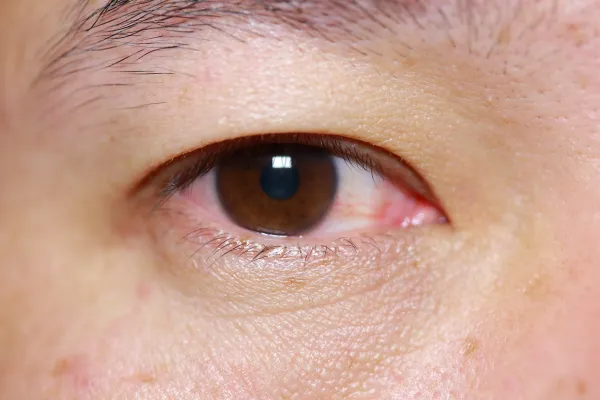Does One Size Fit All for Pinkeye?

Question: We have had over a dozen students come in with pinkeye over the past week because it’s going around the local elementary school. The ophthalmologist seems to have diagnosed several of these kids with different types of pinkeye. Should we code them all using the same diagnoses since they all caught it from the same source? Tennessee Subscriber Answer: Pinkeye, also referred to as conjunctivitis (H10.xx), is characterized by redness and inflammation of the membranes (conjunctiva) covering the whites of the eyes and the membranes on the inner part of the eyelids — but as your ophthalmologist noted, not every case is identical, even if the pinkeye comes from the same source. There are several types of conjunctivitis, and you should know which your patient has before selecting the right code. You’ll need to know whether the patient has acute or chronic conjunctivitis, as well as whether they have follicular or papillary. Follicular conjunctivitis is often caused by viruses or medication reactions, and is characterized by small, dome-shaped nodules in the eye, while papillary is often due to an allergic immune response or a foreign body, and is characterized by papillae on the eyelid surface. Once you know whether the condition is acute or chronic and follicular or papillary, then locate the affected eye and you can select the right code. For instance, acute follicular conjunctivitis of the right eye would be coded with H10.011 (Acute follicular conjunctivitis, right eye). Keep in mind that there are also other types of conjunctivitis, including mucopurulent (H10.02x), atopic (H10.1x), toxic (H10.21x), pseudomembranous (H10.22x), or serous (H10.23x), among others. If you see notation of these types of conjunctivitis, you’ll report the appropriate code and not one from the unspecified series.




